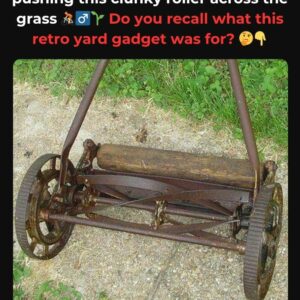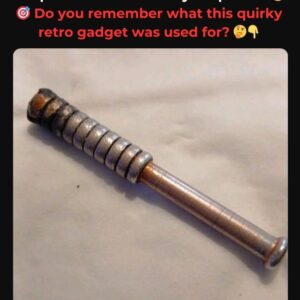Before laptops and laser pointers, the soft hum and warm light of a classic overhead projector filled classrooms, boardrooms, and lecture halls around the world. Teachers and presenters would place crisp transparencies on its glass platen, then watch as diagrams, text, and colorful overlays magically enlarged on the wall. From elementary school science demos to decisive corporate strategy sessions, this dependable machine was at the heart of shared discovery. In this story, we’ll explore not only its mechanics but also the human moments and cultural milestones it illuminated.
From Darkness to Daylight: The Invention That Brought Lessons to Life
In the mid-20th century, educators struggled to keep students’ eyes on chalkboards cluttered with smudgy writing. Enter the classic overhead projector, an innovation born from earlier epidiascopes and slide projectors. By the early 1960s, companies like 3M and Bell & Howell had perfected a tabletop device combining a bright halogen lamp, a Fresnel lens, and an articulating mirror arm. Suddenly, anything printed or drawn on transparent film could be instantly magnified and shared with a roomful of people—no more straining to read tiny text or decipher faint chalk lines.
The first units were heavy and costly, but as manufacturing scaled up, schools and businesses snapped them up. By 1970, most classrooms boasted at least one classic overhead projector, and lecture halls often featured banks of them for multi-color overlay effects. The device’s portability—even on a wheeled cart—made it an all-purpose teaching and presentation tool, ushering in decades of illuminated learning.
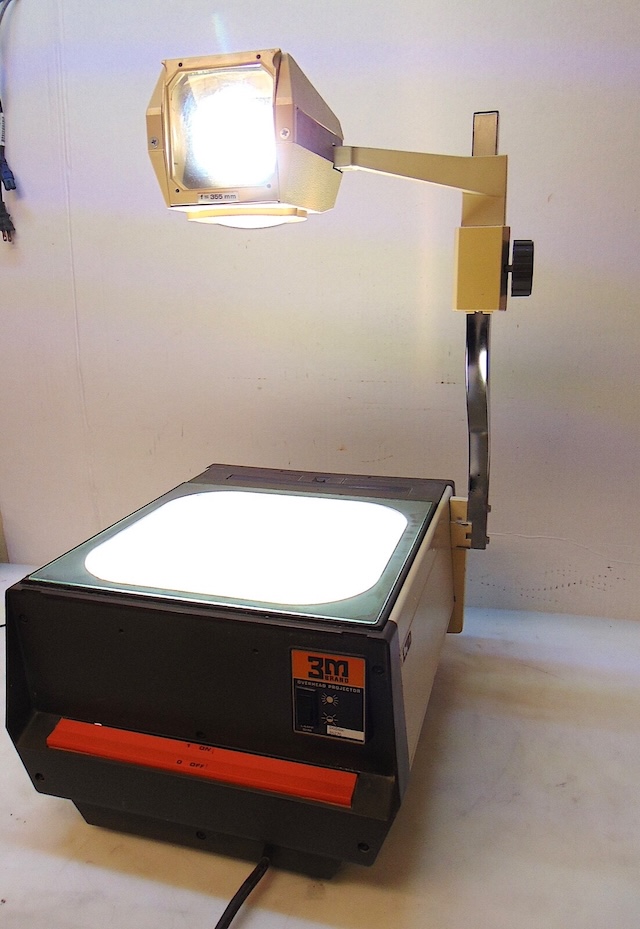
Video
Ever thought you could turn an old overhead projector into a DIY video projector? Watch this clever video to see how it’s done—you might be inspired to try it yourself!
Inside the Box: How the Classic Overhead Projector Worked Its Magic
At its heart, the classic overhead projector was simple yet ingenious:
Light Source
A high-intensity halogen or incandescent lamp sat beneath the glass platen, directing bright, even light upward through whatever transparency lay atop.
Fresnel Lens Assembly
Immediately above the lamp, a thin, ridged plastic Fresnel lens captured and collimated the light, ensuring uniform illumination across the entire transparency.
Transparent Stage
The glass plate (often heat-resistant) served both as a working surface and a conduit for light. Presenters placed printed sheets, handwritten notes, or colored acetate overlays directly on it.
Mirror and Projection Head
An adjustable arm held a mirror and lens assembly at a 45-degree angle, reflecting the upward light through a projection lens and onto a screen or wall. Focus knobs allowed crisp image adjustments from a few feet to over twenty feet away.
Together, these components delivered bright, large-format visuals that could be annotated live—presenters would scribble on the transparency with felt-tip pens, instantly updating diagrams or highlighting key points. This real-time interactivity made the classic overhead projector far more than a static slide machine; it was a live whiteboard, a precursor to modern smart displays.
Hands in the Air: Classroom Rituals and Boardroom Rituals Alike
For generations, the classic overhead projector shaped a familiar choreography:
Teachers’ Flourish
Educators would wheel the projector to center stage, flip on the lamp with a satisfying click, and let the warm glow settle. Students sensed the shift from lecture to visual learning as transparencies appeared.
Student Spotlight
In many schools, students volunteered to load their assignments—math solutions, English passages, or art sketches—onto the projector. The peer pressure to write legibly and draw clearly reached new heights.
Boardroom Briefings
Corporate strategists copied complex charts and graphs onto transparencies for morning meetings. Executives tapped pens on overhead carts, signaling questions. A crumpled transparency meant last-minute changes, papercuts, or frantic magic-marker repair.
Collaborative Workshops
Groups gathered around dimmed rooms, jotting notes on blank transparencies, then feeding them into the stage one by one—each slide a step in the collective process.
Even the slight hum of the cooling fan or the faint heat rising from the lamp became part of the ritual—a reminder that ideas, like light, demanded energy to shine.
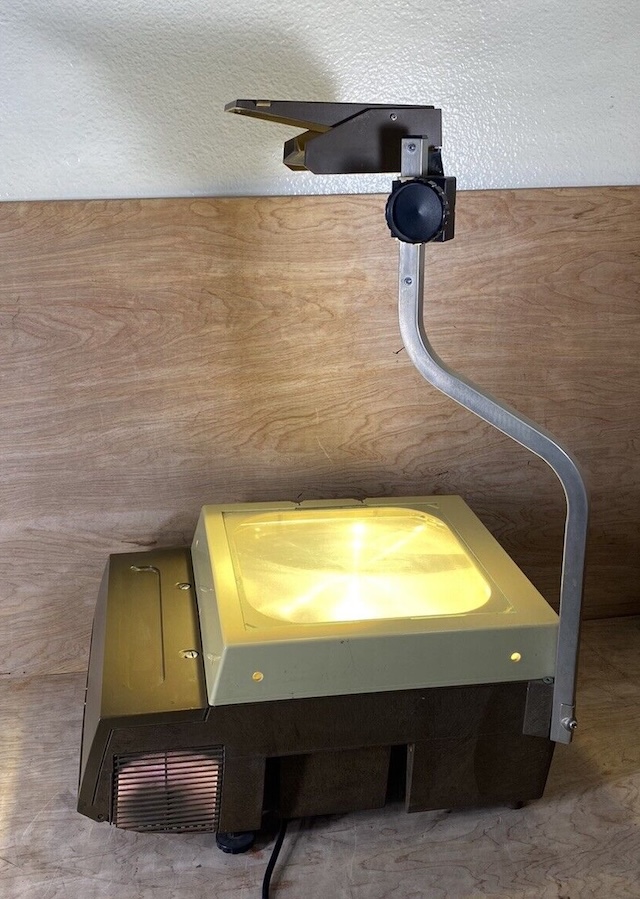
The Great Transparency Craze: When Colored Sheets Became Art
Beyond black-and-white text, the classic overhead projector unlocked a world of creative expression:
Teaching Aids and Science Diagrams
Biology classes showcased colored overlays of cell structures; geography lessons layered political and topographic maps. Teachers mixed transparencies to build complex visuals in stages.
Art Class Experiments
Students used colored acetate, glitter, and cutouts to craft dynamic animations—simply sliding sheets rapidly under the lamp to simulate movement.
Religious and Community Services
Churches adopted projectors for hymn lyrics and sermon illustrations, sometimes projecting stained glass patterns onto plain walls for dramatic effect.
Early Multimedia Demos
Marketing teams in the 1980s layered color-coding atop business process diagrams, anticipating digital PowerPoints. The overhead projector’s analog “layers” offered a tactile way to reveal information gradually.
In these ways, colored transparencies elevated the classic overhead projector from mere utility to a canvas for visual storytelling.
Pop Culture and Politics: Overhead Projectors on Screen and Stage
The classic overhead projector even made cameos beyond education and business:
Fictional Farewells
In the 1986 film Ferris Bueller’s Day Off, a bored high school teacher flips transparencies in a drab lesson sequence—an iconic nod to monotony before Ferris’s legendary skip day.
Political Briefings
Campaign strategists during the 1992 U.S. presidential race used projectors for rapid-fire poll data. Images from those high-stakes war rooms—projector bulbs glaring under the Pentagon ceiling—appeared on network news.
Stand-Up Comedy Props
Comedians like Eddie Izzard once incorporated an overhead projector on stage, layering absurd doodles and tweets live, to the delight of audiences seeing analog and digital humor collide.
Museum Installations
Contemporary artists have repurposed vintage overhead projectors to cast shifting textures onto gallery walls—nostalgic relics turned avant-garde light sculptures.
These moments show that the classic overhead projector was more than a teaching tool; it was a cultural artifact reflecting our evolving relationship with technology and communication.
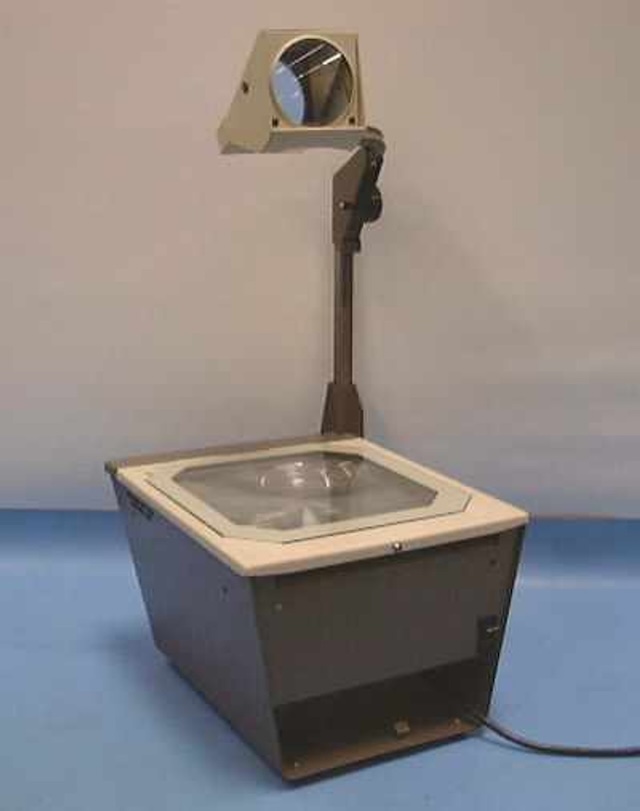
The Decline and Nostalgic Revival: From Digital Conquerors to Vintage Chic
By the early 2000s, digital projectors and interactive whiteboards swept overhead machines aside. LCD panels offered sharper images, and PowerPoint slides replaced handmade transparencies with slick animations. Yet:
Thrift-Store Treasures
Generations grew up on overhead projectors, so many units found second lives in community theaters, small churches, and indie classrooms—not for necessity, but for the charm of analog interaction.
Retro-Cool Cafés and Studios
A handful of coffee shops and art studios installed old projectors as design features—casting grainy film loops or psychedelic patterns on brick walls for an intentionally lo-fi vibe.
DIY Makers
Hobbyists have hacked overhead projectors into 3D scanners, laser engravers, and digital art projectors—melding old optics with new electronics to spark fresh creativity.
This nostalgic revival underscores the classic overhead projector’s enduring appeal: its simplicity invites hands-on exploration, and its familiar glow evokes a shared sense of discovery.
Lessons Beyond Light: What the Overhead Projector Teaches Us Today
Looking back, the classic overhead projector offers broader insights:
Human-Centered Design
The device’s intuitive interface—place transparency, turn knob, adjust focus—reminds us that technology flourishes when it feels natural.
Tactile Interaction
Dragging, flipping, and marking transparencies created an embodied learning style often missing in click-and-point digital tools.
Co-Creation
Whether in classrooms or boardrooms, group annotation fostered collective intelligence—an early form of real-time collaboration.
Sustainability in Simplicity
With no consumable bulbs lasting years and easily replaceable parts, the overhead projector represented durable tech before planned obsolescence became ubiquitous.
These lessons resonate today as designers and educators seek to balance digital convenience with tactile engagement, ensuring that technology enhances rather than replaces human connection.
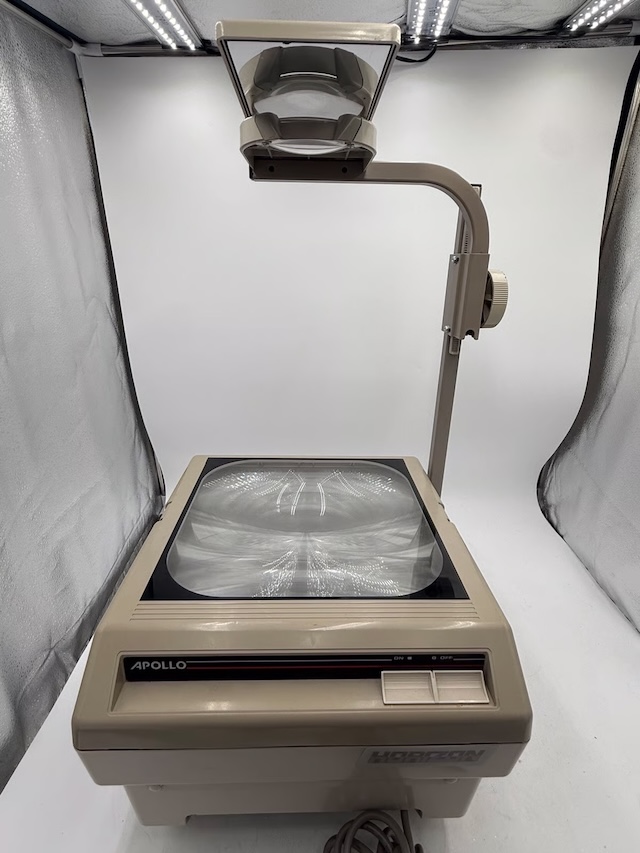
Video
Step into the world of retro visuals with this video that shows you how to create your own mesmerizing liquid light show—perfect for adding a psychedelic touch to any setup!
Conclusion: Honoring the Humble Hero of Shared Insight
The classic overhead projector may no longer command center stage in classrooms or corner offices, but its legacy endures in every collaborative whiteboard session, Zoom screen-share, and agile workshop. It taught us that ideas gain power when illuminated together—one transparency at a time, under warm light, with pens in hand.
So the next time you flip through a slideshow or handwrite a sticky note on glass for digital capture, spare a thought for that sturdy machine with its buzzing fan and glowing bulb. In celebrating the classic overhead projector, we honor a tool that once transformed passive listening into active participation—reminding us that the brightest ideas often emerge in the shared glow of a simple lamp and a sheet of clear film.

